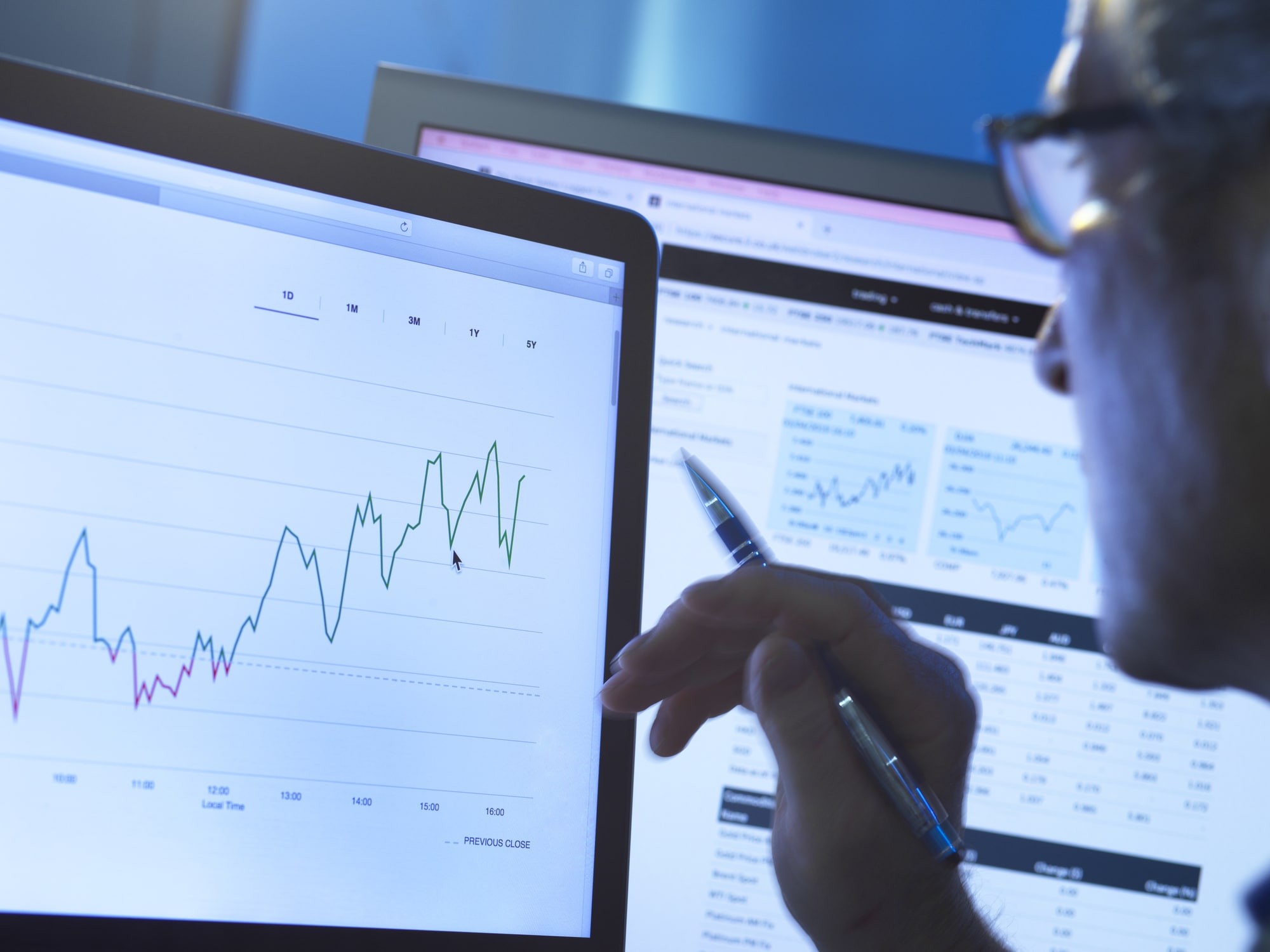Strong company earnings buoy Wall Street, will inflation continue to pave the way for market bulls?
Wall Street extended gains amid cooler-than-expected CPI data and positive major earnings in July. Dow rose 3.35%, the S&P 500 gained 3.11%, and Nasdaq advanced 4.05% for the month. In addition, the US economic data offered a resilient print, suggesting the country could head into a “soft landing” as the US second-quarter advance GDP grew 2.4% annually, up from 2.0% in the first quarter. While all 11 sectors finished higher in the S&P 500 for the month, the sector rotation was a notable trend illustrating funds rebalancing their positions. Energy and financial stocks were the top performers, replacing growth sectors, such as Technology and Communication Services.
Despite an extensive rally in the US stock markets, caution is worth keeping as risks remain in several aspects. Firstly, according to Factset, 51% of S&P 500 companies reported earnings results for Q2 2023, the blended earnings decline for the S&P 500 is -7.3%, which may mark the largest earnings decline since Q2 2022 if it is the actual result. Secondly, the US bond yields are at unsustainable high levels due to Fed’s aggressive rate hike campaign, and the yields on the US 10 and 2-year bonds remained inverted for one year, painting a gloomy economic outlook. Thirdly, the US manufacturing PMI contracted for eight consecutive months, the longest stretch since the GFC in 2008. The last, oil and wheat prices surged again, which may complicate global inflation outlooks and hold the Fed’s rate at a high level for a longer time.
In August, some key events and economic data will continue to steer market trajectory, including Apple, Amazon, and Nvidia’s quarterly earnings reports, the US July CPI data, manufacturing PMI, and Non-farm payroll.
ASX gains with earnings season kicking in, will China’s stimulus continue to offer optimism?
Australian stock markets rose for the second straight month, up 2.88% in July, led by financial and energy stocks, following Wall Street’s rally. The strong earnings from the big US banks provided a rebounding tailwind to the financial sector in the ASX, with Commonwealth Bank’s shares up more than 5% and ANZ Bank stocks jumping 8% for the month. Energy was the second top performer due to a rebound in oil prices and China’s policy optimism, with Woodside Energy’s shares soaring 11% and Santos up 6.3% monthly. At the same time, mining stocks lost steam after Rio Tinto reported disappointing half-year earnings due to a slide in commodity prices and weakened global demands.
In the new month, the bullish factors for the ASX will be the ongoing earnings season, further Chinese stimulus measures, and a promising decline in domestic inflation. Earnings results printed mixed results so far, but most companies had strong half-year performances. The Commonwealth Bank of Australia, CSL, and BHP Group’s upcoming earnings reports will be major for the ASX in August. And the RBA is likely to raise the OCR further, but the policy guidance can be critical for the broad economy and market trends.
Chinese equities outperformed the global markets, but can the stimulus policy translate into economic growth?
The Chinese stock markets rebounded sharply amid the Chinese government’s vows to further stimulate the economy, especially the measures to boost its property sector. The Hang Seng Index jumped 6%, and the CSI 300 rose 4.5% in July. The major Chinese tech shares, including JD.com, Meituan, and Alibaba, are leading gains, all up about 20% monthly. Notably, the Chinese EV makers’ stocks, such as NIO and XPeng, soared 51% and 66% for the month, respectively, due to optimistic growth outlooks for the industry. By contrast, Chinese banks suffered the most losses following the PBOC’s rate cuts.
In the new month, whether Beijing’s stimulus measure can be implemented will be key to steering sentiment for the Chinese stock markets. These policies could focus on boosting confidence in the property sector and consumption. And the upcoming economic data, such as the Chinese new yuan loan, trade balance, and manufacturing PMI, remain focused on gauging the country’s economic rebounding trajectory.
The New Zealand dollar swung in directions after RBNZ paused its hiking campaign
The Reserve Bank of New Zealand paused rate hikes after 12 consecutive increases and said to keep interest rates at a restrictive level for some time. The hawkish pause initially lifted the New Zealand dollar to a two-month high level against the US dollar but retreated sharply in the second half of the month. The country’s June CPI declined further to 6% year on year in the second quarter but was still well above the reserve bank’s target of 1-3%. The New Zealand dollar could still be vulnerable due to weak global demands, the Fed’s higher-for-longer policy stance, and China’s faltering economic rebound. And the RBNZ’s rate decision will be the most influential event for the local currency and its stock markets in August. After a flat month in the NZX 50, major earnings reports, including Auckland International Airport, Air New Zealand, and Fletcher Buildings, can be price movers for the equity markets in August.
Crude oil returns above $80 per barrel, will it sustain the strong momentum?
Oil futures rose sharply, with the WTI futures up 16% and Brent futures up 14% in July. A softened US dollar, faded recession fears, and China’s stimulus policies were all behind the bulls. However, will this bring inflation back to town since the recent drop in most countries’ CPI was primarily driven by a sharp decline in energy prices? The US Energy Secretary expressed concerns about rising demands and limited supply for oil markets. OPEC + voluntarily reduced its oil output by about 1.66 million barrels per day till the end of 2024, which may worsen the undersupply issues if China improves its demand in the second half of the year. Crude prices could go above $90 per barrel if the trend sustains.
Will gold test an all-time high again?
Gold reversed a two-month losing streak as the US dollar softened amid a further decline in the CPI data in July. Markets priced in a sooner end of the Fed’s hiking cycle, which slashed the US bond yields before the BOJ’s policy tweak jittered the bond markets. There won’t be a Fed policy meeting in August, and the US dollar’s weakness may continue if the US inflation cools further, which could again boost the precious metal prices to approach its all-time high again.
Disclaimer: CMC Markets Singapore may provide or make available research analysis or reports prepared or issued by entities within the CMC Markets group of companies, located and regulated under the laws in a foreign jurisdictions, in accordance with regulation 32C of the Financial Advisers Regulations. Where such information is issued or promulgated to a person who is not an accredited investor, expert investor or institutional investor, CMC Markets Singapore accepts legal responsibility for the contents of the analysis or report, to the extent required by law. Recipients of such information who are resident in Singapore may contact CMC Markets Singapore on 1800 559 6000 for any matters arising from or in connection with the information.








